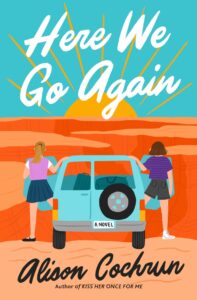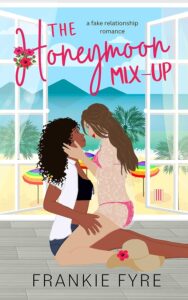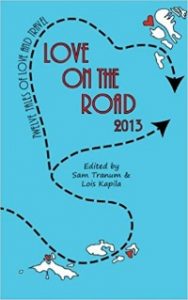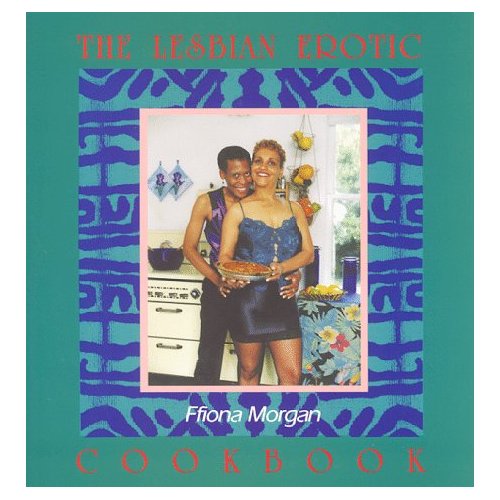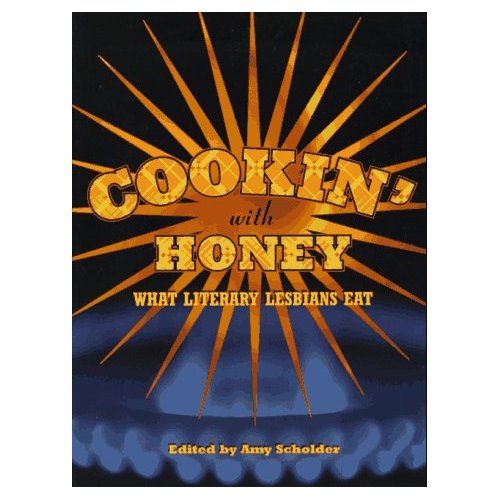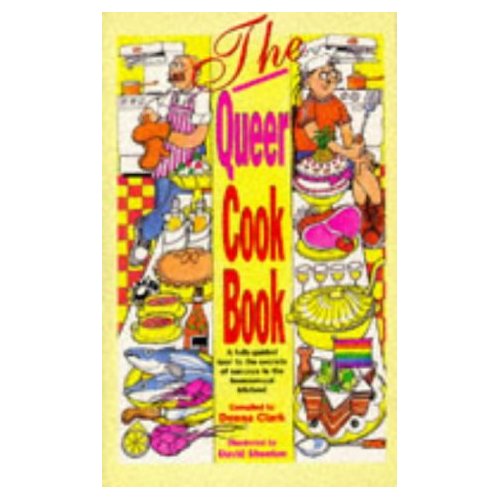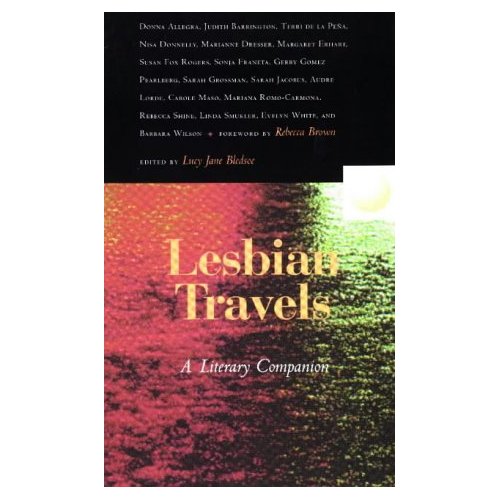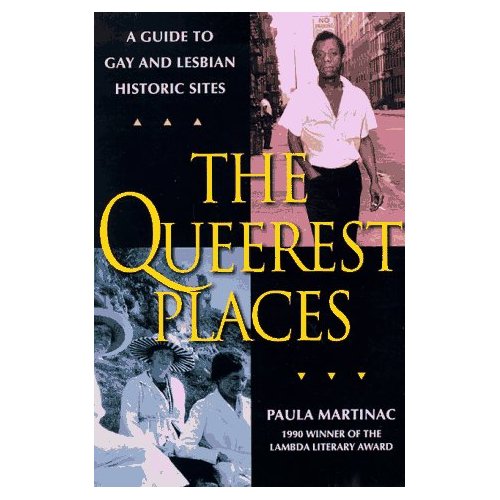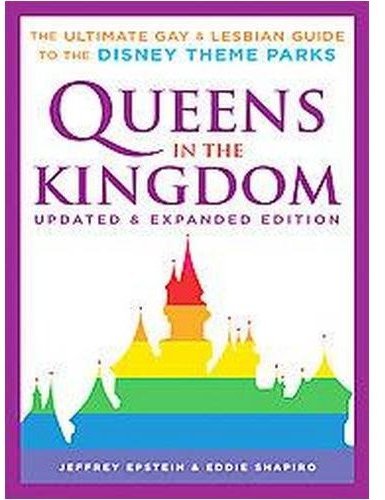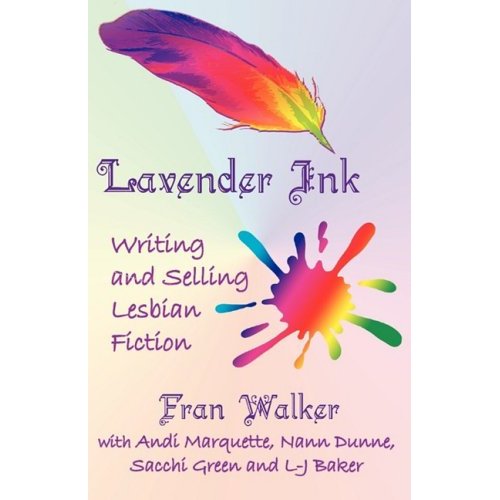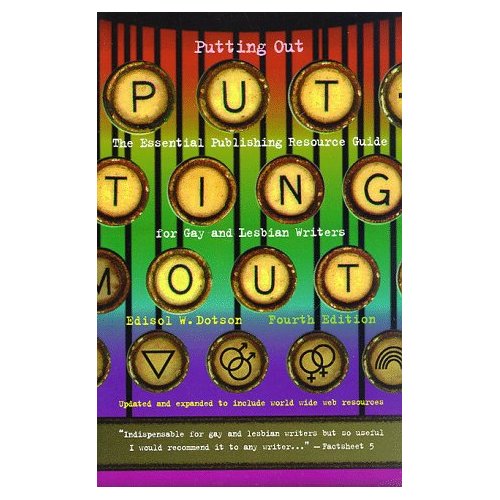Buy this from Bookshop.org to support local bookstores and the Lesbrary!
I read Alison Cochrun’s previous book, Kiss Her Once for Me, and liked it, but I was not expecting to love this one quite as much as I did. Some of that is for reasons that will translate to many other readers, and some of my enjoyment comes from it combining my own random interests. Either way, I highly recommend this one, even if you have no experience teaching high school English and aren’t also contemplating getting assessed for ADHD.
Just as high school is such a pivotal time of life despite being only four years, my three years teaching and learning to teach had a permanent impact on me. I may not have been a high school English teacher for long, but I think some part of me always will be—and it’s still my back-up career. During those years, it completely consumed me. I would lay awake at night trying to figure out how to be a better teacher. My practicums were the most stressful times of my life. So it won’t come as a shock that I deeply related to this story about three high school English teachers. Unsurprisingly, Cochrun used to be a high school English teacher herself. (It’s also dedicated to teachers: “For all the queer educators out there. You save lives simply by showing up. Thank you. And for every queer teenager who became a little too attached to their English teacher. I see you. I love you.”)
Logan and Rosemary are rival English teachers at the same high school, but once, they were best friends. Then one kiss ruined their relationship, and now they can’t stand each other. It doesn’t help that they are classic Type A (Rosemary) and Type B (Logan) teachers, each judging the other for their opposing styles. How did they end up in the same profession? When they were teens, the only person who saw and accepted these two struggling queer and neurodivergent teachers was Joe, their Mexican American, openly gay English teacher. In their conservative small town, Joe was a life-saving presence for them, and they both followed in his footsteps.
Joe isn’t teaching anymore, though. He’s only 64, but years battling pancreatic cancer has ended with him being recommended hospice care. Both Rosemary and Logan have been helping take care of him, but he has a deathbed request that will be a lot more challenging to fulfill. He wants to die in his cabin in Maine, and he wants Logan and Rosemary to drive him there. Together.
Because the two of them can hardly be in the same room together, the idea of being in the same car for almost a week seems impossible, but they can’t ignore Joe’s pleas for them to make up and help go out the way he wants to. Besides, Rosemary has—unbelievably—just been laid off and doesn’t have a guaranteed job to go back to after the summer, so she needs something to keep her anxious brain occupied. So, she makes a giant binder of travel plans and convinces Logan to get on board, and off they set: a dying man, two mortal enemies, and a dog, all crammed in a van together.
I love a road trip story, and just as you’d expect, being in a confined space together forces Logan and Rosemary to communicate. There has been a lot of miscommunication between the two of them over the years, including Logan believing that Rosemary is a tight-laced, high-achieving, heterosexual neurotypical person with everything under control. In reality, they’re both neurodivergent lesbians, and Rosemary manages her anxiety with a desperate need to try to be in control, with a plan for everything.
The two of them haven’t been friend since they were 14, but neither of them moved on in the nearly two decades since. Rosemary keeps so busy with teaching that it allows no time in her life for dating, while Logan keeps her relationships to casual hookups only.
Logan planned to graduate and travel the world, having big adventures. But when her mother left her dad, she was determined not to do the same thing, so she’s been living with him ever since. This road trip is the first time she’s really left their small town.
As they travel, the two of them continue to butt heads, but they also reluctantly reconnect as adults—and finally address what actually happened the day they kissed. Logan’s instincts to run away from conflict mean that it’s not so easy to repair their relationship, though, especially when Logan refuses to grapple with Joe’s imminent death.
In the acknowledgements, Cochrun calls this a romcom about death, and that is accurate. I appreciated that it doesn’t have a particularly romantic view of death. Rosemary and Logan have to change Joe’s diapers as he howls at the indignity. Death is not a quiet, noble affair. It’s prolonged and painful—both for the person dying and their loved ones. There is a little bit of “Tuesdays with Morrie shit,” as Joe refers to it, but it’s not cloying.
(Spoilers, highlight to read) I also thought the first sex scene—Rosemary’s first time having sex—was especially well done. They both go very slowly, with clear consent at all times. It’s sweet, and since I’ve had some sex scenes completely turn me off of the book recently, I was glad to see it treated with such care.(End of spoilers)
A lesbian road trip romance + ruminating on death + both characters having ADHD + all the main characters being high school English teachers made this a home run for me, but you don’t have to have my exact configuration of interests to enjoy this friends to almost lovers to enemies to lovers romance. And yes, I cried.
Official content warnings: This book contains references to an off-page death of a parent due to overdose, and it includes the on-page death of a parental figure.

